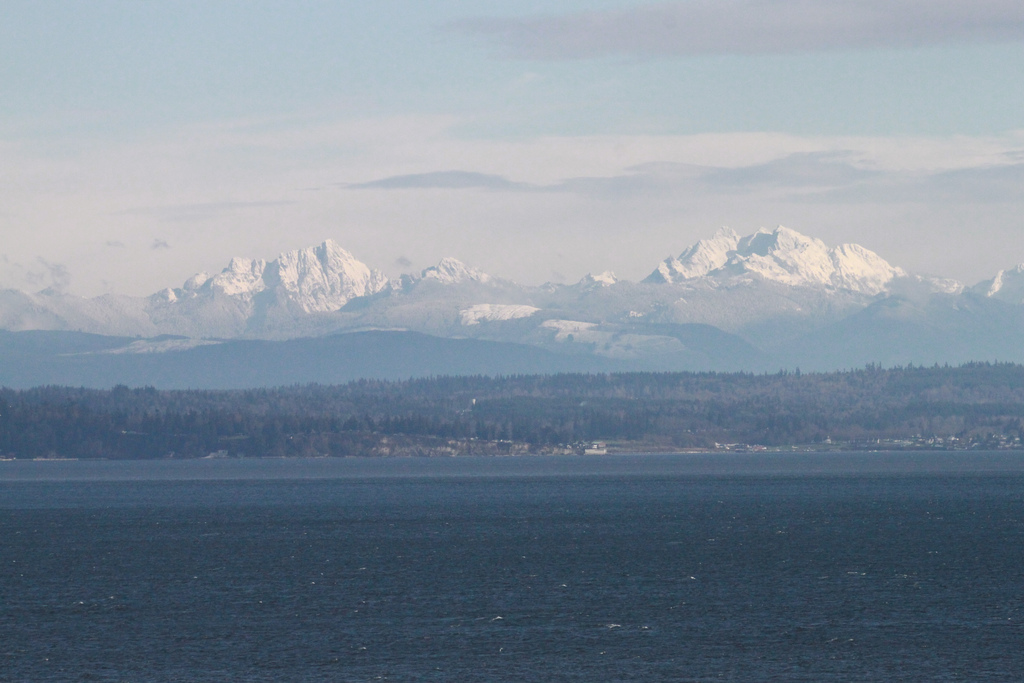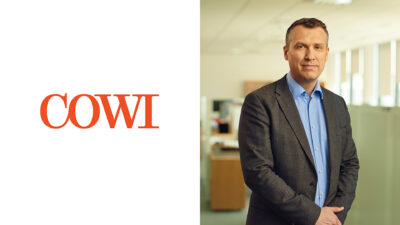U.S. mapping efforts funded by DOE Grant
They will combine multiple aspects of heat and permeability to model geothermal resource potential in three interest areas along Washington State.
In a recent post in the Washington State News Blog, it has been announced that they have been awarded a grant form the Department of Energy to perform geothermal resource mapping. The following is the verbatim release by the DGER.
The Division of Geology and Earth Resources (DGER), in partnership with AltaRock Energy, Inc., Temple University, BOS Technologies, LLC, and the U.S. Forest Service, was recently awarded a U.S. Department of Energy Geothermal Play-Fairway grant. Usually an oil and gas term, a geothermal play-fairway analysis is a mapping tool that assesses risk and uncertainty to geothermal resources in areas with no surface expression by mapping favorable intersections of heat, permeability, and fluid.
During the coming year, we will combine multiple aspects of heat and permeability to model geothermal resource potential in three interest areas along the crest of the Cascade Range. The Wind River valley, the Mount St. Helens seismic zone, and the southeast flank of Mount Baker were identified as favorable prospects during regional modeling by Boschmann and others (2014), largely based on fault density, seismicity, numerous hot springs, and warm temperature gradients. We will gather and integrate more detailed information for these smaller areas—detailed mapping, geophysical surveys, and GPS-derived strain data—to generate 3D models of permeability and detailed 2D maps of resource potential. We anticipate this method will identify viable areas for further exploration during Phase II of the project.
DGER recently attended the Geothermal Resources Council’s (GRC) annual meeting, where eleven funded teams showed off their project plans for play-fairway analyses around the country. It was a great opportunity to share ideas, compare analysis strategies, and for this geologist (Jessica Czajkowski), to finally meet some of her heroes in the geothermal field. It was exciting to learn that three of the eleven funded projects concentrated their efforts in the Cascade Range. All of the work performed under this grant will contribute to the National Geothermal Data System.
Source: Washington State News Blog


















